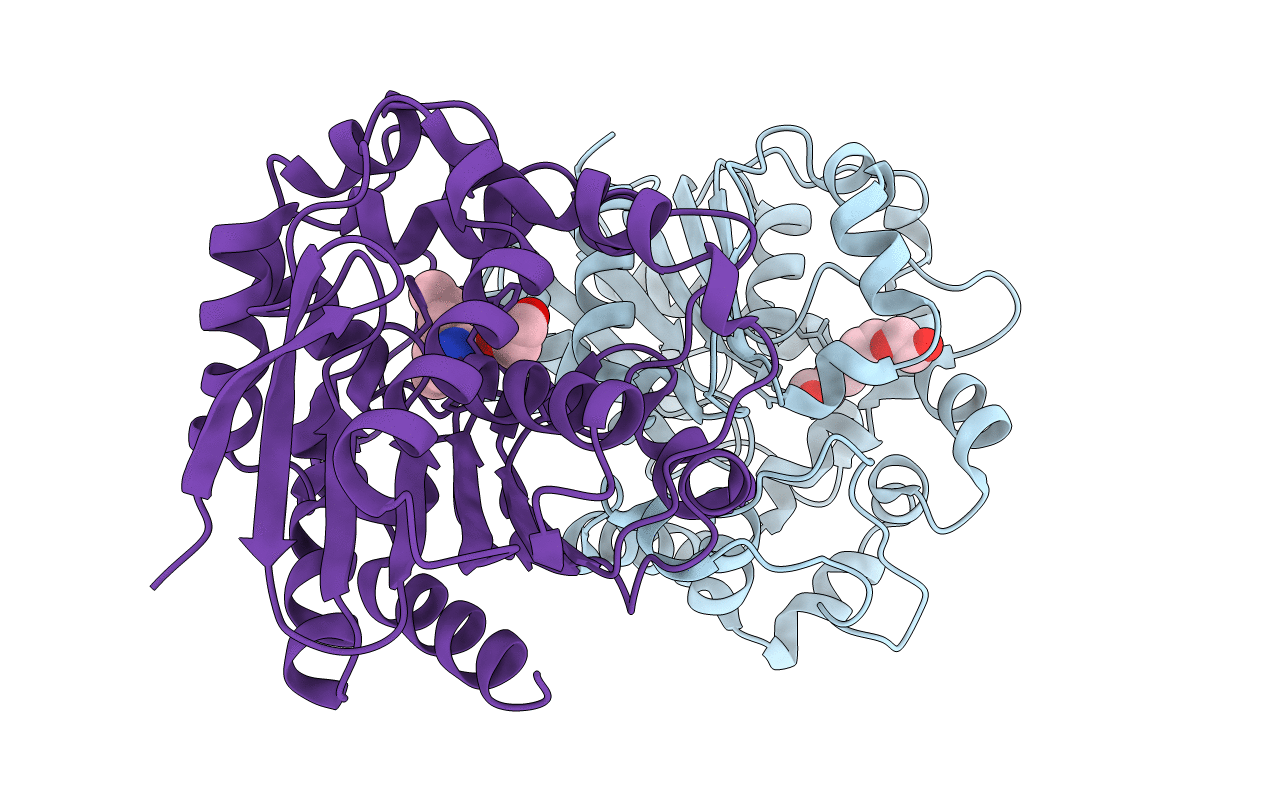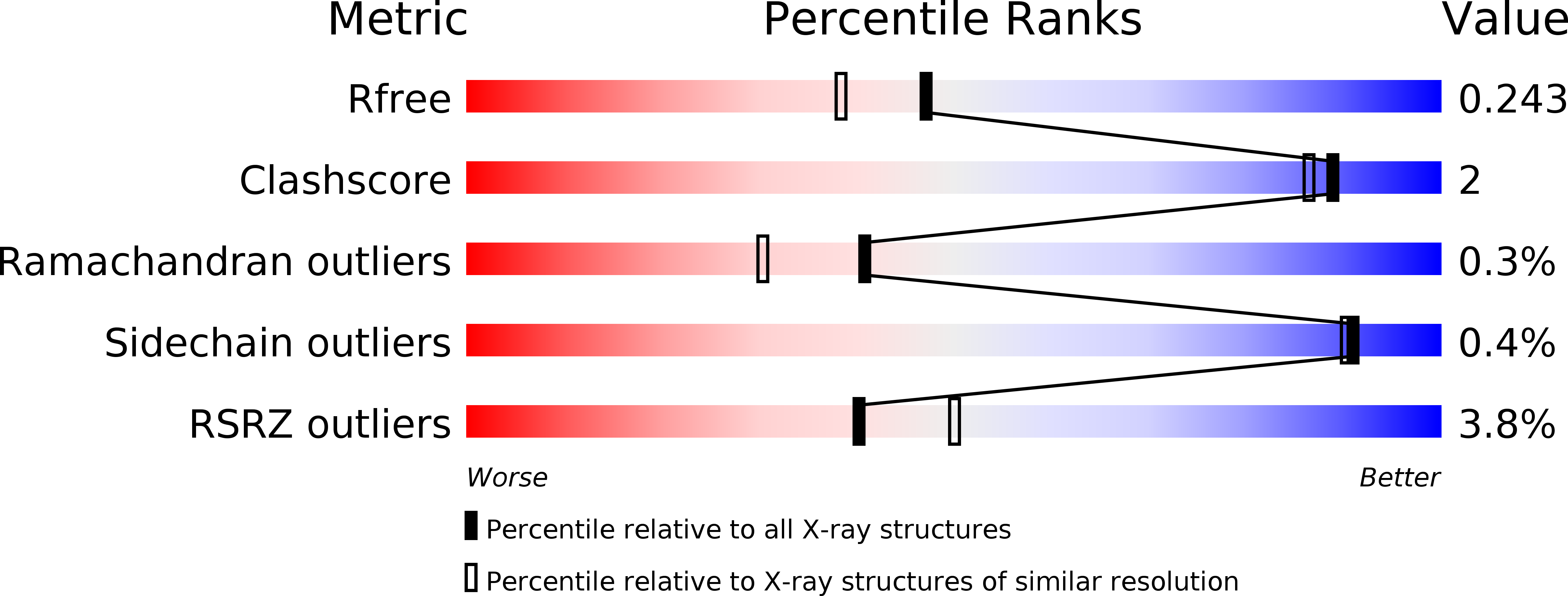
Deposition Date
2006-04-05
Release Date
2006-06-07
Last Version Date
2023-12-13
Entry Detail
PDB ID:
2CJP
Keywords:
Title:
Structure of potato (Solanum tuberosum) epoxide hydrolase I (StEH1)
Biological Source:
Source Organism:
SOLANUM TUBEROSUM (Taxon ID: 4113)
Host Organism:
Method Details:
Experimental Method:
Resolution:
1.95 Å
R-Value Free:
0.24
R-Value Work:
0.20
R-Value Observed:
0.20
Space Group:
P 21 21 21


